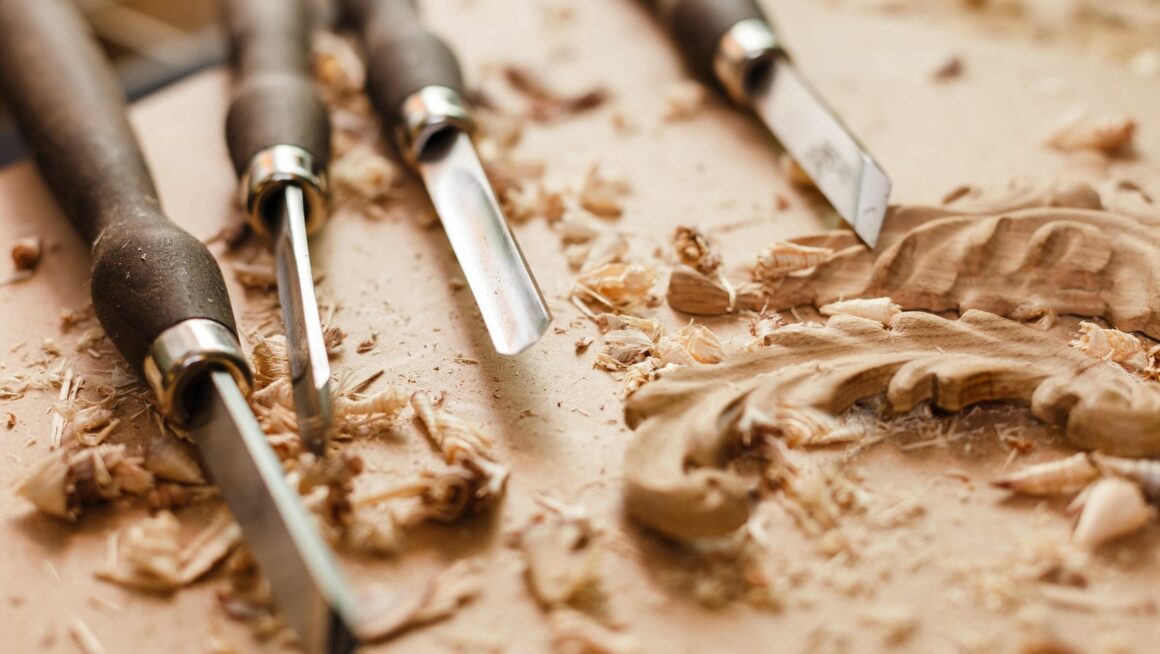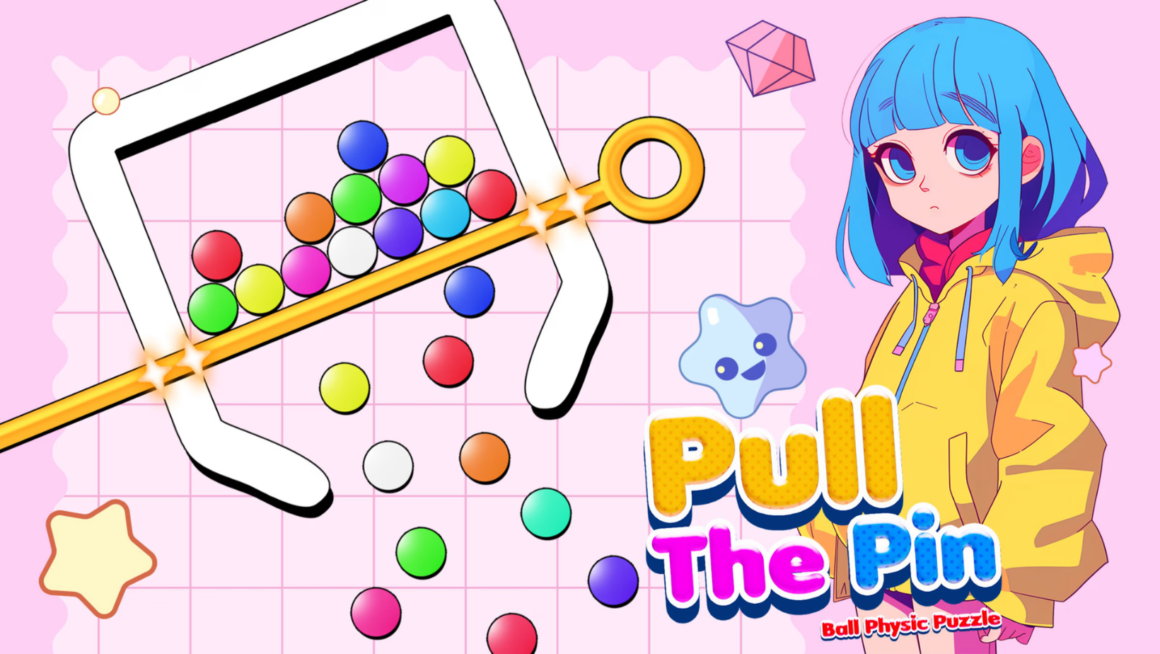Crafting has existed for a long time. It lets us connect with the past and be creative today. Most people use modern tools now, but more and more people are enjoying crafting with ancient tools. These tools are often simple, but they offer great insight into how crafts were done hundreds of years ago.
Rediscovering Ancient Tools
What do you think of when you hear “ancient tools”? Perhaps flint tools or simple stone axes. These are the earliest crafting implements used by our ancestors. They might seem primitive, but they were effective for shaping materials like wood, bone, and stone. Today, these tools are being rediscovered and used by modern crafters who want to explore traditional methods. Crafting with ancient tools is about enjoying the process. A wooden tool gives you better control than an electric one. The work slows down, making it more thoughtful and often more satisfying, just like how live betting has been and how it is now.
Why Go Ancient?
Why would anyone want to use old tools when there are more efficient ones available? It’s simple: ancient tools offer a unique experience. They teach patience and precision. When you craft with a stone tool, you don’t rush. You carefully shape and mold, just as ancient artisans did. Using ancient tools helps you feel more connected to the craft. It feels good to follow a tradition that’s been passed down through generations. It also gives you a break from the busy, tech-filled world. You rely less on electricity and more on your own skills and creativity.
Tools for the Modern Crafter
What tools are we talking about? Some popular ancient tools still used today are chisels, mallets, and stone knives.

Skilled artisans make these tools using old techniques. One famous tool is the adze, a type of axe used to shape wood. Modern woodworkers use it because it carves and shapes wood very well. Another ancient tool still used is the bow drill. It’s a tool you use by hand to create fire by rubbing wood together. Today, it’s not used for survival, but many crafters like using it to see how people made fire in the past.
Combining Old and New Techniques
Using ancient tools doesn’t mean you have to stop using modern ones. In fact, using both together can be great. Woodworkers might use an old chisel to shape the wood and then use modern sandpaper to smooth it. This way, you get the best of both tools. Some crafters even design hybrid tools, which combine traditional shapes with modern materials.
Crafting with Ancient Tools: A Step-by-Step Guide
Choose Your Tool: Start by selecting an ancient tool. A simple chisel or stone knife is a great place to begin. These tools are widely available from artisans who specialize in recreating historical implements.
● Get Comfortable: Using ancient tools requires a different approach. Make sure you feel comfortable with the tool before starting. Hold it firmly, but not too tight, and move it slowly and carefully.
● Start Crafting: Take your time as you carve or shape your material. Ancient tools take time and patience. Focus on how you’re working, not just the end result.
● Start Crafting: Take your time as you carve or shape your material. Ancient tools take time and patience. Focus on how you’re working, not just the end result.

● Refine Your Work: After you finish the basic shape, smooth it out. You can use sandpaper or modern tools to smooth the surface, but remember, the aim is to enjoy the process and learn the ancient techniques.
Benefits of Using Ancient Tools in Modern Crafting
The main benefit of using ancient tools is the experience. You get to see what it was like for people in the past, who had to use their skills and simple tools. It’s also fun to learn old crafting methods, which can be interesting and rewarding. Another benefit is the control you have. Ancient tools are often easier to use, giving you more precision. This is great for doing detailed work, like carving small designs.
The Environmental Impact
There’s also an environmental aspect to using ancient tools. Modern tools often rely on electricity or fuel, which contributes to pollution and carbon footprints. Ancient tools, on the other hand, are typically manual and require no energy sources beyond human power. By using these tools, you reduce your reliance on modern, energy-intensive equipment.



